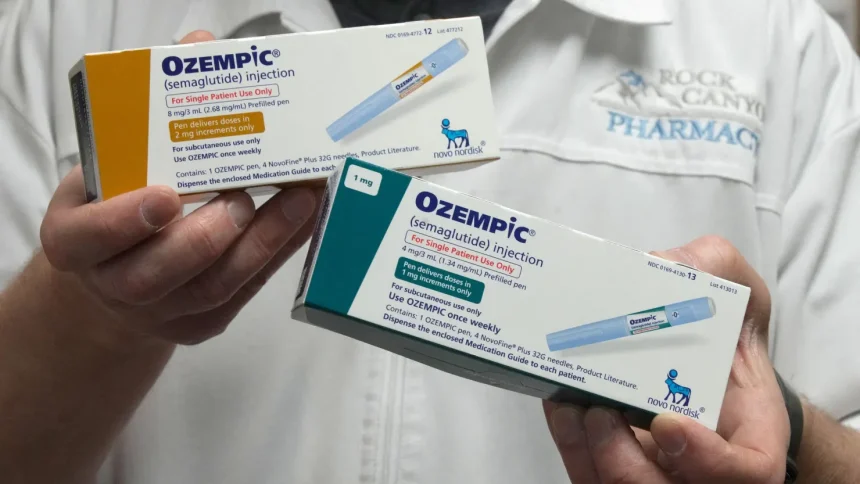The Biden administration has announced the next 15 drugs subject to price negotiations under Medicare, a move aimed at making essential medications more affordable for seniors. Leading the list are Novo Nordisk’s diabetes and weight loss treatments, Ozempic, Wegovy, and Rybelsus. The negotiations, authorized by the Inflation Reduction Act, mark a significant step in addressing skyrocketing drug costs for millions of Americans.
Key Drugs in the Spotlight
The 15 drugs selected for negotiation address a range of conditions, from diabetes to cancer. Among them:
- Ozempic, Wegovy, and Rybelsus: Novo Nordisk’s semaglutide-based treatments, widely used for diabetes and weight management, accounted for $14.43 billion in Medicare spending.
- Trelegy Ellipta: A GSK inhaler for chronic obstructive pulmonary disease (COPD) and asthma.
- Xtandi: A Pfizer and Astellas Pharma prostate cancer treatment costing Medicare $3.16 billion for 35,000 enrollees.
- Pomalyst: A Bristol Myers Squibb drug for multiple myeloma, with a $2.07 billion Medicare price tag for just 14,000 users.
Other drugs include treatments for irritable bowel syndrome, schizophrenia, and plaque psoriasis. Combined, these medications represent 14% of Medicare Part D spending, totaling $41 billion.
The Negotiation Process
The price negotiations aim to lower costs for Medicare enrollees while saving the federal program billions. The first wave of negotiations, completed in 2024, is expected to save beneficiaries $1.5 billion in out-of-pocket expenses in 2026. The second round, which focuses on drugs without generic competition, will finalize prices by November 2027.
Chiquita Brooks-LaSure, Administrator for the Centers for Medicare & Medicaid Services (CMS), emphasized the importance of the process, stating, “Today’s announcement is pivotal — the Inflation Reduction Act is lowering prices for people on Medicare.”
Challenges and Pushback
The program has faced opposition from pharmaceutical companies and industry groups. Novo Nordisk criticized the inclusion of its three semaglutide products as a single entity, arguing that they do not meet statutory requirements. Other companies, including Bristol Myers Squibb and AstraZeneca, warned that price negotiations could hinder innovation and limit patient access.
Stephen Ubl, CEO of the industry lobbying group PhRMA, called the negotiations “dangerous for millions of Americans who rely on innovative treatments.”
Despite legal challenges from the pharmaceutical sector, the Biden administration has defended the program’s framework, citing significant savings for seniors and taxpayers.
Implications for Seniors and the Industry
Medicare’s price negotiations could provide much-needed relief for enrollees struggling to afford life-saving medications. Nearly 10% of seniors report difficulty paying for prescriptions, with the issue disproportionately affecting those under 65.
However, the program’s success will depend on cooperation from drugmakers. Companies must choose to participate in negotiations or face a steep excise tax or withdrawal from Medicare and Medicaid markets.
Nancy LeaMond, AARP’s Chief Advocacy Officer, praised the initiative: “For too long, big drug companies have padded their profits by setting outrageous prices at the expense of American lives.”
The second round of negotiations will be followed by annual cycles targeting 20 drugs each year starting in 2029. The program will expand to include Medicare Part B drugs, typically administered by healthcare providers, by 2028.
With more opportunities for input from stakeholders, the CMS aims to refine the negotiation process to ensure fair pricing for beneficiaries. Brooks-LaSure expressed optimism about the program’s potential, stating, “I think for the most part, we feel like a lot of the process works very well.”
The Medicare drug price negotiation program represents a transformative shift in U.S. healthcare policy, addressing high prescription costs while navigating industry resistance. As the negotiations progress, millions of Americans stand to benefit from improved access to affordable, life-saving treatments.





